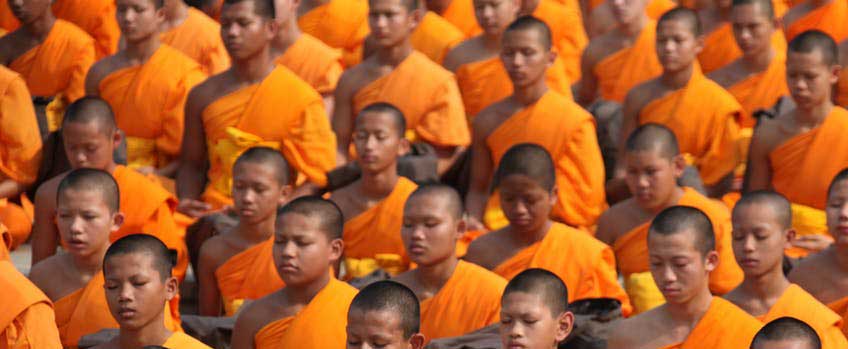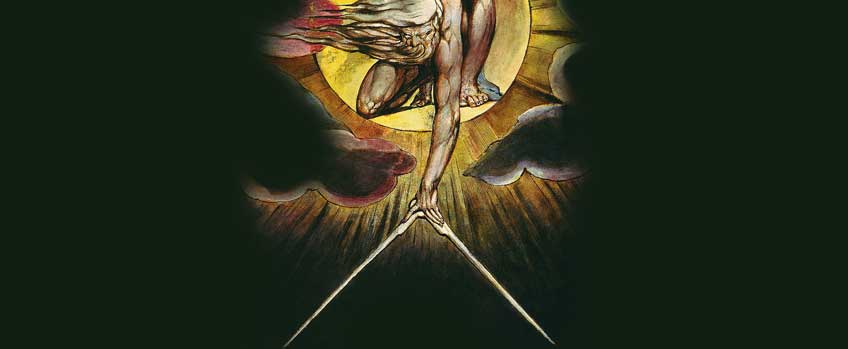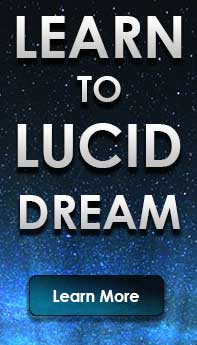
Reality Checks Lucid Dreaming
Being more aware is something that is important in meditational practices and lucid dreaming. It’s also something that has been used to improve peoples lives allowing them to enjoy things throughout their day that they often do not. Awareness training has not only shown to improve mood but also to help those with conic pain. Being aware is obviously something that should be practiced in everyday life.
What Is Awareness?
Throughout my day I notice that often I can zone out. I zone out when I am driving and sometimes end up at my destination without even knowing how I got there or what was the last song playing on the radio. Though this sounds scary, most people do this. This is an instance of a trance, a trance that my brain had put me into to deal with the boredom of driving. How much of our lives to do we push off into a trance to deal with the boredom of life? A great portion of our lives is spent in trance-like moments.
Though you may think that being in a trance is bad, there are some positives for being in a trance. We don’t have to focus on things that are not enjoyed and can be somewhere else in our minds while we perform those tasks. We can escape and plan for things that are not right there in front of us, or we can have miniature adventures and fantasies while we “zone out”. There are also some negatives to being in a trance.
When we are in this trance-like state we are no longer paying attention. Besides the obvious negative effects of say possibly getting into an accident while driving, being in a trance state makes our brain see things as not being important to us at that moment. We become detached from reality in some aspects while no longer paying attention to the world around us. This can make us desensitized to our daily activities and allow us to become less involved in our lives. Though this can also be a benefit in some cases, the negative side is that we lose some sense of connectedness in exchange.
Mindfulness Training
Being aware means paying attention. You are focusing on whatever it is that is in front of you. You are paying attention to what you find important. Mindfulness training is exactly this. Paying attention, being aware of things that normally seem mundane to improve their importance inside of the brain. The sensitivity of that experience will start to improve as your brain puts more emphasis on whatever it is your focusing on. Mindfulness training has been used in academic studies around the world in research to see how it can help people. In some studies, it showed that using mindfulness training on young adults made them improve their mood as well as their relationships with their teachers. Not only does mindfulness help mood it helps people who have chronic pain.

As the opioid epidemic continues, researchers are looking for more ways to improve patients well being and reduce pain. Studies have shown that mindfulness training can reduce pain levels of patients, as well as help them recover faster than those who do not have a mindfulness practice. As someone who has chronic pain, I can attest that this does work.
When I was in the military I got hurt. I was hurt enough that I was medically retired because the military could not fix my problem of chronic pain. I was given medications for my problems but noticed that when used the pain meds, my attention became worse and I didn’t like the feeling. I also didn’t want to get addicted to pain meds. Instead, I looked at mindfulness and was able to pay attention to my body and help it to notice pain and to respond to my body’s pain in a more positive and healing way. Mindfulness training does work.
How Does It Work?
Mindfulness training has been shown to physically improve the connections in the brain. What is happening is that by focusing on what is important at that moment or whatever you’re trying to improve awareness of, the brain is physically making more neural connections to the areas of the brain that correspond to that subject. This means that your brain changes itself to process more information about what it finds important. The brain is amazing in its ability to change, this is just another instance of that. The body also has some pretty cool effects when it comes to mindfulness.
Your body is an electrical and chemical communication device. When you tell your body to move your foot or arm, your body is receiving signals that are electrical which are transferred down the wires (nerves) and converted into a chemical signal so it can cross gaps to other nerves. Eventually, these electrical and chemical signals are converted into you moving a part of your body. the gaps can store chemicals and some people have suggested that they are involved in the creation of memory too. If that is the case, these gaps are involved in storing trauma, pain, and other ailments. When we focus on different areas of our bodies we are directing electrical and chemical impulses to those areas to help improve the transfer of the signal while improving our brains awareness of those body parts. This can act as a release for your body.
Reality Checks Lucid Dreaming
What is reality checks lucid dreaming? Its the combination of mindfulness training with lucid dreaming. Reality checks lucid dreaming is also key to being a successful lucid dreamer. In the lucid dreaming community, we call mindfulness training, reality checks. The reason we are calling them reality checks is because it believed that the difference between lucid dreaming and reality are noticeable. What I mean by this is that paying attention to reality we can notice the realism that reality provides us, and when we dream we notice the errors in the dream world. This results in the dreamer becoming aware in the dream and then able to control their dream (becoming lucid).
How does reality checks lucid dreaming work though? Reality itself is a simulation inside of each of our brains. Our brains take information in our eyes, hands, feet, ears, mouths, and mix that all together in our minds creating our thought of how we believe the world should be. With that being said, everything that we touch feel or experience is in our heads before we “experience” it. In result, dreams can be just as real as both reality and dreams are completely simulated in our brains.
I tend to think that reality checks lucid dreaming is working because of the practice of mindfulness that is happening while we are awake. Our brains are spending more time focusing on the importance of dreaming and remembering our dreams and so when we go to sleep our brains provide us the option to remember our dreams. Focusing on the importance of dreams seems to produce the same effects as reality checks. If mindfulness practice affects our waking life, it sure can also affect our dreams. Also using reality checks with reality checks lucid dreaming you can start to see the errors in the dream world, or remember to question if you are dreaming in the dream world, which really does make the mind become aware that it’s dreaming.
How to Perform Reality Checks Lucid Dreaming
Here are just a few ways that you can practice reality checks lucid dreaming throughout the day. It’s important to remember that many of these many of these reality checks can fail to bring you awareness in a dream so it’s important to practice a few different ones.
- Look at your hands throughout the day asking yourself if you are dreaming
- Focus on a dream object to see if that object appears in your dreams
- Watch a clock during the day and ask if you are lucid dreaming
- Practice meditation techniques throughout the day to help you focus and become more aware
You can also make your own tools for reality checks lucid dreaming by using sounds, lights, smells, or really anything that will allow you to recognize you are dreaming and become aware.
Reality Checks Lucid Dreaming Tools
In any practice (and lucid dreaming is a practice) the more tools you have to use the better. Reality checks lucid dreaming is very closely related to the eastern practices of dream yoga. Dreamers are trying to wake themselves up in a dream (when we go to sleep) and yogis are trying to wake themselves up from the dream of reality. Many yoga practitioners will say that sound, visual indicators, psychological symbolism, and physical practice all support them on their journies to enlightenment.
When it comes to lucid dreams, the same is true. Having physical objects that we can use throughout the day can greatly improve the ability to become lucid during a dream. This often means holding something in your hand throughout the day that asks you the question “are you dreaming?” This provides you the visual (symbolic), physical, and psychological aspects of the practice. Verbally asking yourself if you are dreaming is an auditory cue to help remind your brain that it’s important to focus on dreaming, like a mantra in yoga. Practicing these key elements will surely help you in your practice to become more aware throughout your day, and while you are dreaming. Think about this as a way of testing reality, and in a sense paying attention.

Something that is key to all mindfulness practices is the practice of silence. Silencing your mind and allowing yourself to take a moment to focus on what is important allows your brain a short break. This is absolutely key when it comes to lucid dreaming and out of body experiences because it takes a great deal of concentration to not get tied up into the dream story, to be able to realize you are dreaming.
This is the same with waking life. Often we are involved in the story that is happening around us, so much so we forget what is important to us. Meditation is the act of allowing your brain to tell its story, but not to get tied up into it, you observe it as it happens and will start to see the story for what it is. In result, your brain will start and continue to tell fewer stories and be less busy with things that are not important to you.
I strongly believe that on your journey to a lucid dream, you will see that waking life and the dream life are so closely related and that one will teach you the importance of the other. Through mindfulness training in our waking life, we will see our dreams for what they are, a story, and in the result, we will see that waking life is also a story, the greatest story of all.
Here also is a video where a few experienced lucid dreamers discuss some reality checks that you can use as well
Lee Adams is a Ph.D. candidate in Jungian Psychology and Archetypal Studies at Pacifica Graduate Institute and host of Cosmic Echo, a lucid dreaming podcast, and creator of taileaters.com, an online community of lucid dreamers and psychonauts. Lee has been actively researching, practicing, and teaching lucid dreaming for over twenty years.
Join the Discussion
Want to discuss more about this topic and much more? Join our discussion group online and start exploring your consciousness with others like yourself




Recent Comments